Private Label Rights (PLR) is a licensing agreement that allows the buyer to modify and rebrand a product and then sell it as their own. This means that the buyer has the right to use the content, modify it, and claim ownership of it without having to create it from scratch. PLR can be applied to various types of digital products such as e-books, articles, software, and graphics. It is a cost-effective way for businesses to acquire content and products without having to invest the time and resources into creating them themselves.
PLR products are typically sold in packages, and the terms of use can vary depending on the seller. Some PLR products may have restrictions on how they can be used, while others may allow for complete freedom in rebranding and selling the product as the buyer sees fit. It is important for buyers to carefully review the terms of use before purchasing PLR products to ensure that they align with their business goals and objectives. Overall, PLR offers a convenient and affordable way for businesses to acquire content and products that can be used to enhance their offerings and grow their business.
Private Label Rights (PLR) is a concept that has gained popularity in recent years as businesses look for cost-effective ways to acquire content and products. PLR allows businesses to purchase the rights to use, modify, and rebrand digital products as their own. This means that businesses can save time and resources by leveraging existing content and products rather than creating them from scratch. PLR products are typically sold in packages, and the terms of use can vary depending on the seller. It is important for businesses to carefully review the terms of use before purchasing PLR products to ensure that they align with their business goals and objectives. Overall, PLR offers a convenient and affordable way for businesses to acquire content and products that can be used to enhance their offerings and grow their business.
Leveraging PLR for E-commerce
E-commerce businesses can leverage PLR in a variety of ways to enhance their product offerings and grow their business. One way to use PLR is to rebrand and sell digital products such as e-books, articles, and software. This allows e-commerce businesses to quickly expand their product catalog without having to invest the time and resources into creating new content from scratch. Additionally, e-commerce businesses can use PLR to create lead magnets such as e-books and reports that can be used to attract new customers and build their email list. By offering valuable content in exchange for an email address, e-commerce businesses can build a list of potential customers that they can market to in the future.
Another way that e-commerce businesses can leverage PLR is by using it to create content for their website and social media channels. PLR articles and graphics can be used to create blog posts, social media updates, and email newsletters that can help e-commerce businesses engage with their audience and drive traffic to their website. Additionally, e-commerce businesses can use PLR to create digital products such as online courses and webinars that can be sold to their customers. Overall, PLR offers e-commerce businesses a cost-effective way to acquire content and products that can be used to enhance their offerings and grow their business.
E-commerce businesses can leverage PLR in a variety of ways to enhance their product offerings and grow their business. One way to use PLR is to rebrand and sell digital products such as e-books, articles, and software. This allows e-commerce businesses to quickly expand their product catalog without having to invest the time and resources into creating new content from scratch. Additionally, e-commerce businesses can use PLR to create lead magnets such as e-books and reports that can be used to attract new customers and build their email list. By offering valuable content in exchange for an email address, e-commerce businesses can build a list of potential customers that they can market to in the future.
Another way that e-commerce businesses can leverage PLR is by using it to create content for their website and social media channels. PLR articles and graphics can be used to create blog posts, social media updates, and email newsletters that can help e-commerce businesses engage with their audience and drive traffic to their website. Additionally, e-commerce businesses can use PLR to create digital products such as online courses and webinars that can be sold to their customers. Overall, PLR offers e-commerce businesses a cost-effective way to acquire content and products that can be used to enhance their offerings and grow their business.
How PLR Can Transform Your Product Offering
PLR has the potential to transform a business’s product offering by providing access to a wide range of digital products that can be rebranded and sold as their own. This allows businesses to quickly expand their product catalog without having to invest the time and resources into creating new content from scratch. Additionally, PLR can be used to create lead magnets such as e-books and reports that can be used to attract new customers and build an email list. By offering valuable content in exchange for an email address, businesses can build a list of potential customers that they can market to in the future.
Furthermore, PLR can be used to create digital products such as online courses and webinars that can be sold to customers. This allows businesses to monetize their expertise by packaging it into valuable content that customers are willing to pay for. Additionally, businesses can use PLR to create content for their website and social media channels, helping them engage with their audience and drive traffic to their website. Overall, PLR has the potential to transform a business’s product offering by providing access to a wide range of digital products that can be used to enhance their offerings and grow their business.
PLR has the potential to transform a business’s product offering by providing access to a wide range of digital products that can be rebranded and sold as their own. This allows businesses to quickly expand their product catalog without having to invest the time and resources into creating new content from scratch. Additionally, PLR can be used to create lead magnets such as e-books and reports that can be used to attract new customers and build an email list. By offering valuable content in exchange for an email address, businesses can build a list of potential customers that they can market to in the future.
Furthermore, PLR can be used to create digital products such as online courses and webinars that can be sold to customers. This allows businesses to monetize their expertise by packaging it into valuable content that customers are willing to pay for. Additionally, businesses can use PLR to create content for their website and social media channels, helping them engage with their audience and drive traffic to their website. Overall, PLR has the potential to transform a business’s product offering by providing access to a wide range of digital products that can be used to enhance their offerings and grow their business.
Maximizing PLR for Marketing and Branding
PLR can be maximized for marketing and branding purposes by allowing businesses to create valuable content that resonates with their target audience. By rebranding PLR products with their own logo, colors, and messaging, businesses can create a cohesive brand experience that helps them stand out in the market. Additionally, businesses can use PLR content such as articles, e-books, and graphics to create valuable marketing materials that can be used across various channels such as social media, email marketing, and advertising.
Furthermore, businesses can use PLR content to create lead magnets such as e-books and reports that can be used to attract new customers and build an email list. By offering valuable content in exchange for an email address, businesses can build a list of potential customers that they can market to in the future. Additionally, businesses can use PLR content such as online courses and webinars as part of their marketing strategy, providing valuable information that helps them establish themselves as industry experts. Overall, maximizing PLR for marketing and branding purposes allows businesses to create valuable content that resonates with their target audience while also building brand recognition in the market.
PLR can be maximized for marketing and branding purposes by allowing businesses to create valuable content that resonates with their target audience. By rebranding PLR products with their own logo, colors, and messaging, businesses can create a cohesive brand experience that helps them stand out in the market. Additionally, businesses can use PLR content such as articles, e-books, and graphics to create valuable marketing materials that can be used across various channels such as social media, email marketing, and advertising.
Furthermore, businesses can use PLR content to create lead magnets such as e-books and reports that can be used to attract new customers and build an email list. By offering valuable content in exchange for an email address, businesses can build a list of potential customers that they can market to in the future. Additionally, businesses can use PLR content such as online courses and webinars as part of their marketing strategy, providing valuable information that helps them establish themselves as industry experts. Overall, maximizing PLR for marketing and branding purposes allows businesses to create valuable content that resonates with their target audience while also building brand recognition in the market.
Overcoming Common Challenges with PLR
While PLR offers many benefits for businesses, there are also some common challenges that need to be overcome in order to effectively leverage it. One challenge is ensuring that the quality of the PLR products meets the standards of the business. Not all PLR products are created equal, so it is important for businesses to carefully review the quality of the products before purchasing them. Additionally, businesses need to ensure that they are abiding by the terms of use for the PLR products they purchase in order to avoid any legal issues.
Another challenge with PLR is avoiding duplicate content penalties from search engines. If multiple businesses are using the same PLR content without making any modifications, it could result in duplicate content penalties from search engines which could negatively impact their website’s search rankings. To overcome this challenge, businesses should make sure they are modifying the PLR content enough so that it is unique from other versions of the same content online.
While PLR offers many benefits for businesses, there are also some common challenges that need to be overcome in order to effectively leverage it. One challenge is ensuring that the quality of the PLR products meets the standards of the business. Not all PLR products are created equal, so it is important for businesses to carefully review the quality of the products before purchasing them. Additionally, businesses need to ensure that they are abiding by the terms of use for the PLR products they purchase in order to avoid any legal issues.
Another challenge with PLR is avoiding duplicate content penalties from search engines. If multiple businesses are using the same PLR content without making any modifications, it could result in duplicate content penalties from search engines which could negatively impact their website’s search rankings. To overcome this challenge, businesses should make sure they are modifying the PLR content enough so that it is unique from other versions of the same content online.
Incorporating PLR into Your E-commerce Strategy
Incorporating PLR into an e-commerce strategy involves using it strategically across various aspects of the business in order to enhance product offerings, marketing efforts, and branding initiatives. One way e-commerce businesses can incorporate PLR into their strategy is by rebranding and selling digital products such as e-books, articles, software, and graphics. This allows them to quickly expand their product catalog without having to invest the time and resources into creating new content from scratch.
Additionally, e-commerce businesses can use PLR content such as articles, e-books, and graphics to create valuable marketing materials that can be used across various channels such as social media, email marketing, and advertising. Furthermore, they can use PLR content such as online courses and webinars as part of their marketing strategy, providing valuable information that helps them establish themselves as industry experts.
Overall, incorporating PLR into an e-commerce strategy involves using it strategically across various aspects of the business in order to enhance product offerings, marketing efforts, and branding initiatives.
Incorporating PLR into an e-commerce strategy involves using it strategically across various aspects of the business in order to enhance product offerings, marketing efforts, and branding initiatives. One way e-commerce businesses can incorporate PLR into their strategy is by rebranding and selling digital products such as e-books, articles, software, and graphics. This allows them to quickly expand their product catalog without having to invest the time and resources into creating new content from scratch.
Additionally, e-commerce businesses can use PLR content such as articles, e-books, and graphics to create valuable marketing materials that can be used across various channels such as social media, email marketing, and advertising. Furthermore, they can use PLR content such as online courses and webinars as part of their marketing strategy, providing valuable information that helps them establish themselves as industry experts.
Overall, incorporating PLR into an e-commerce strategy involves using it strategically across various aspects of the business in order to enhance product offerings, marketing efforts, and branding initiatives.
Future Trends and Opportunities with PLR
The future of PLR holds many exciting opportunities for businesses looking for cost-effective ways to acquire content and products. As technology continues to advance at a rapid pace, we are likely to see more innovative ways for businesses to leverage PLR across various aspects of their operations including product offerings, marketing efforts, branding initiatives, lead generation strategies, customer engagement tactics among others.
Additionally, we may see more sophisticated tools being developed specifically for managing PLR content effectively including tools for tracking usage rights across different platforms or automating rebranding processes making it easier for businesses of all sizes including small startups or large enterprises alike who want access quality digital assets without investing significant time or resources into creating them from scratch.
Overall future trends with PLR hold many exciting opportunities for businesses looking for cost-effective ways acquire content or products while also streamlining operations across various aspects including product offerings marketing efforts branding initiatives lead generation strategies customer engagement tactics among others.
The future of Private Label Rights (PLR) holds many exciting opportunities for businesses looking for cost-effective ways acquire content or products while also streamlining operations across various aspects including product offerings marketing efforts branding initiatives lead generation strategies customer engagement tactics among others.
As technology continues advance at rapid pace we are likely see more innovative ways for leveraging Private Label Rights (PLR) across various aspects operations including product offerings marketing efforts branding initiatives lead generation strategies customer engagement tactics among others.
Additionally we may see more sophisticated tools being developed specifically managing Private Label Rights (PLR) effectively including tools tracking usage rights across different platforms or automating rebranding processes making it easier for small startups or large enterprises alike who want access quality digital assets without investing significant time or resources into creating them from scratch.
Overall future trends with Private Label Rights (PLR) hold many exciting possibilities. As technology continues to advance, PLR content will likely become more diverse and customizable, allowing businesses and individuals to create unique and high-quality content quickly and easily. Additionally, with the increasing demand for digital products and online content, the market for PLR is expected to grow, providing more opportunities for creators and buyers alike. Furthermore, as the importance of personal branding and content marketing continues to rise, PLR can be a valuable tool for establishing a strong online presence. Overall, the future of PLR holds promise for those looking to streamline their content creation process and capitalize on the growing digital economy.























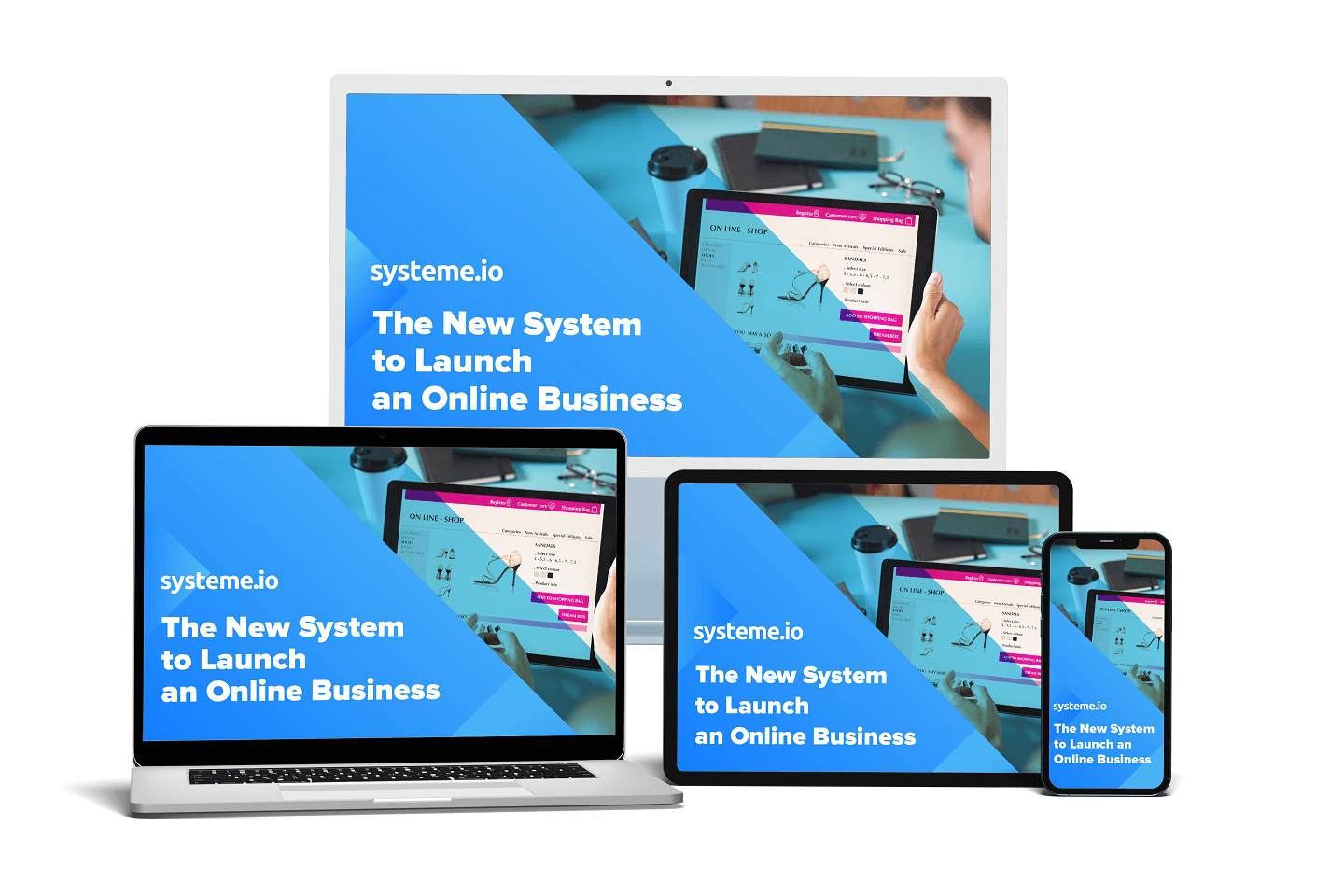
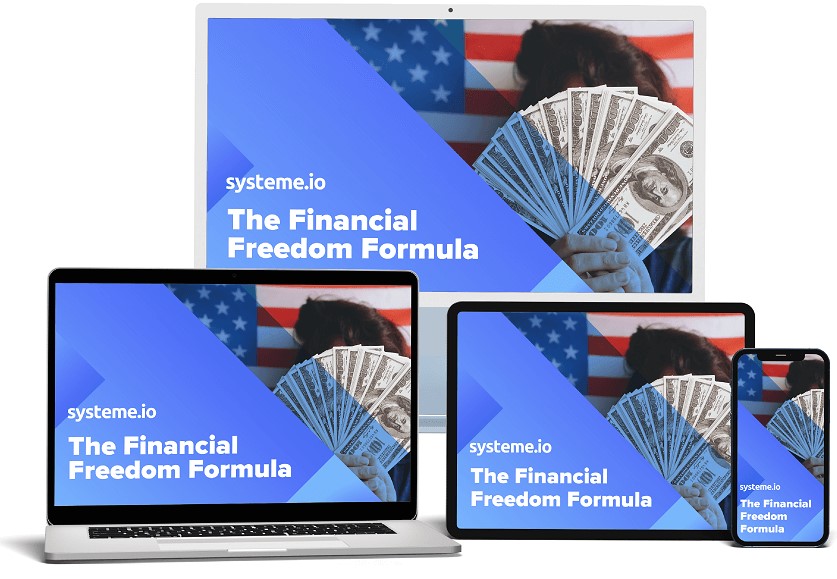
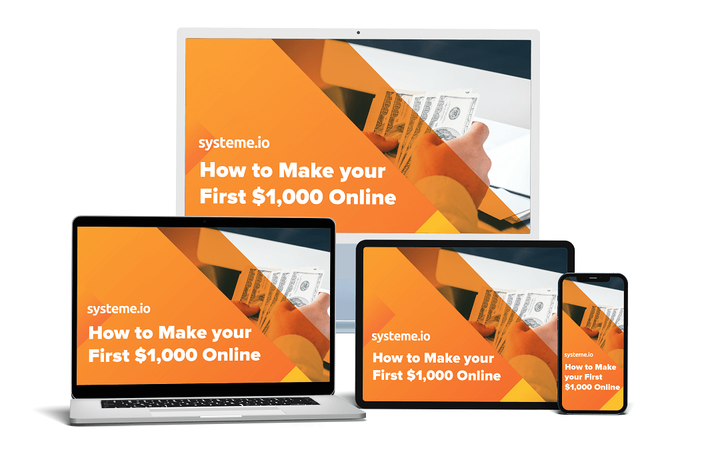
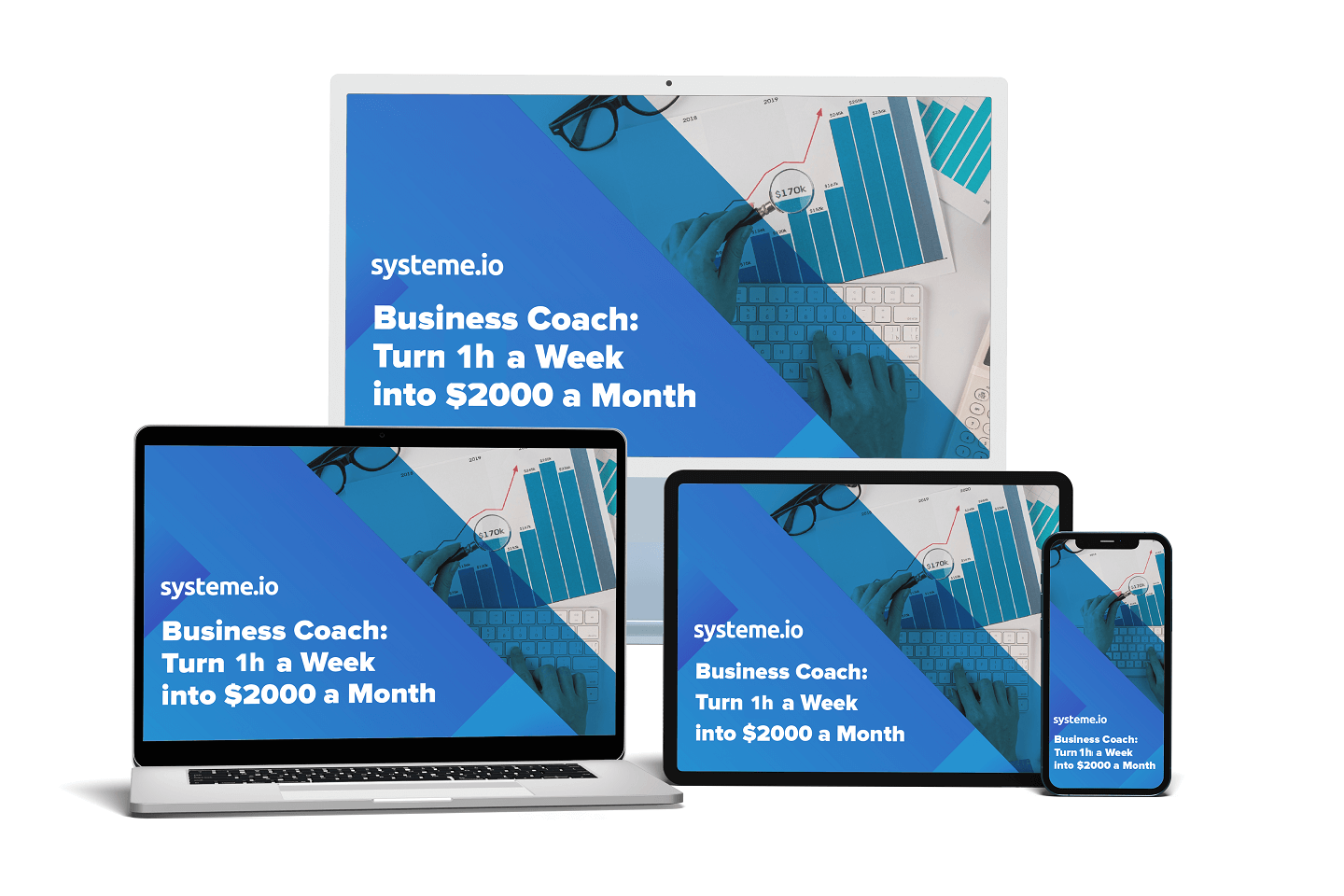
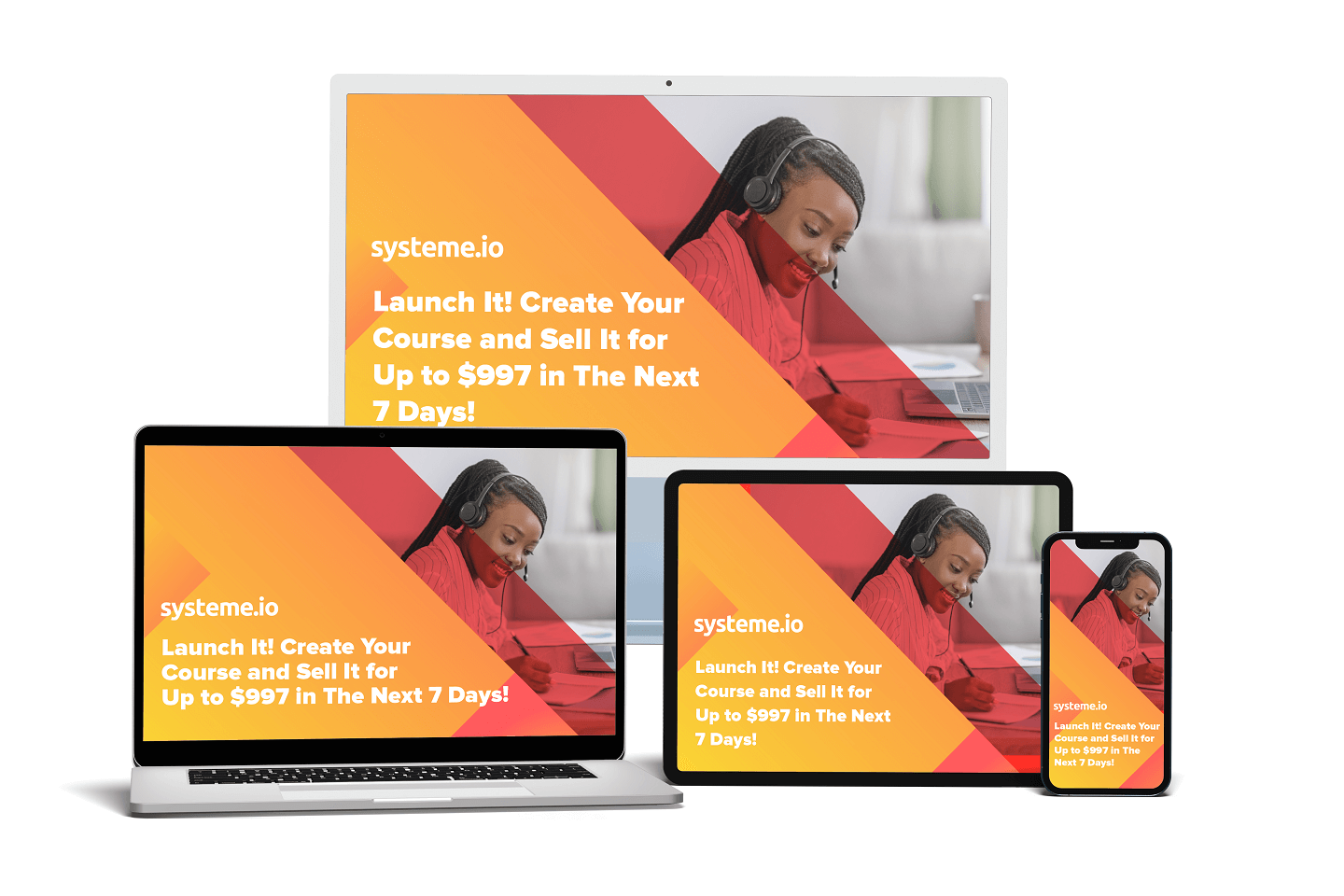
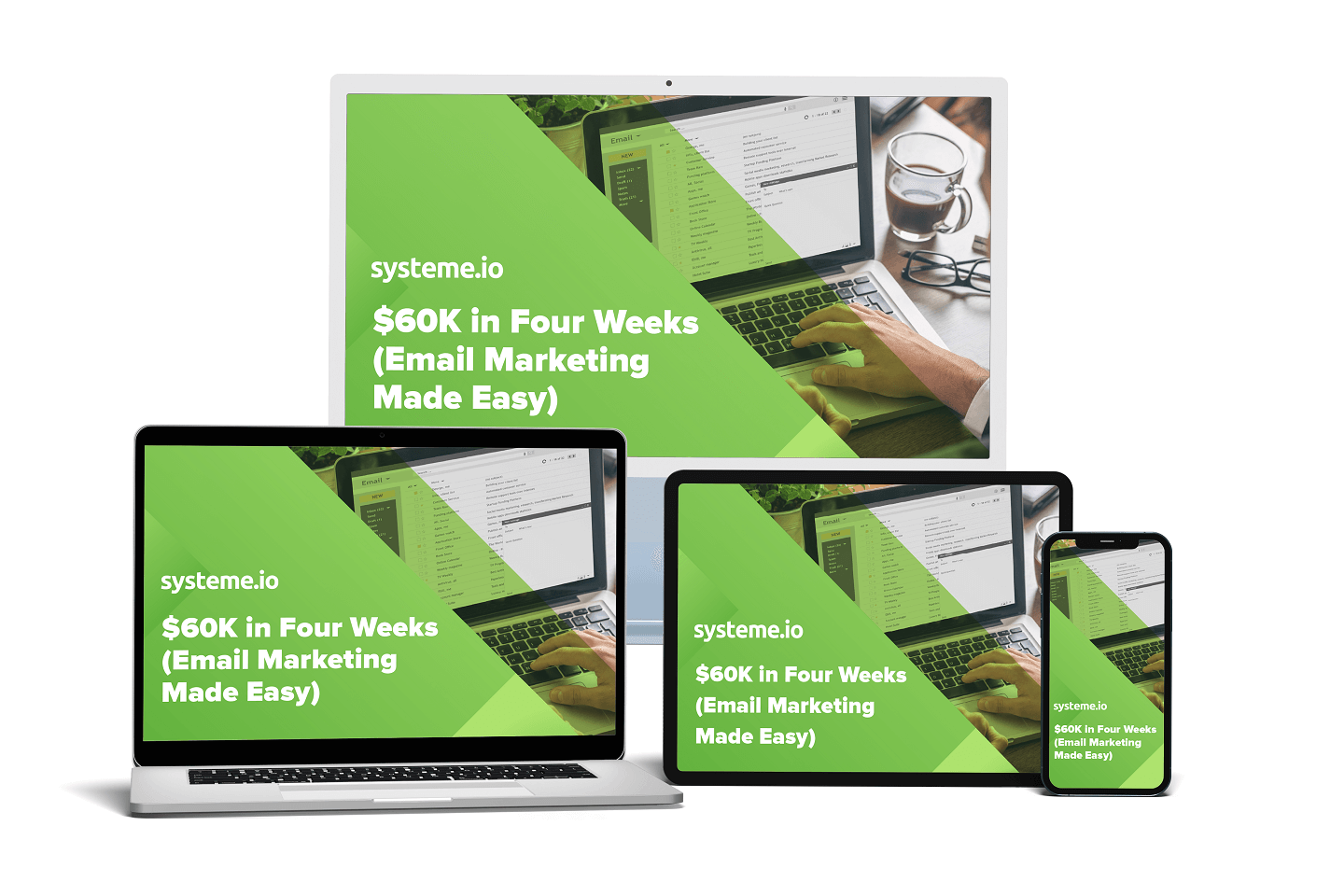
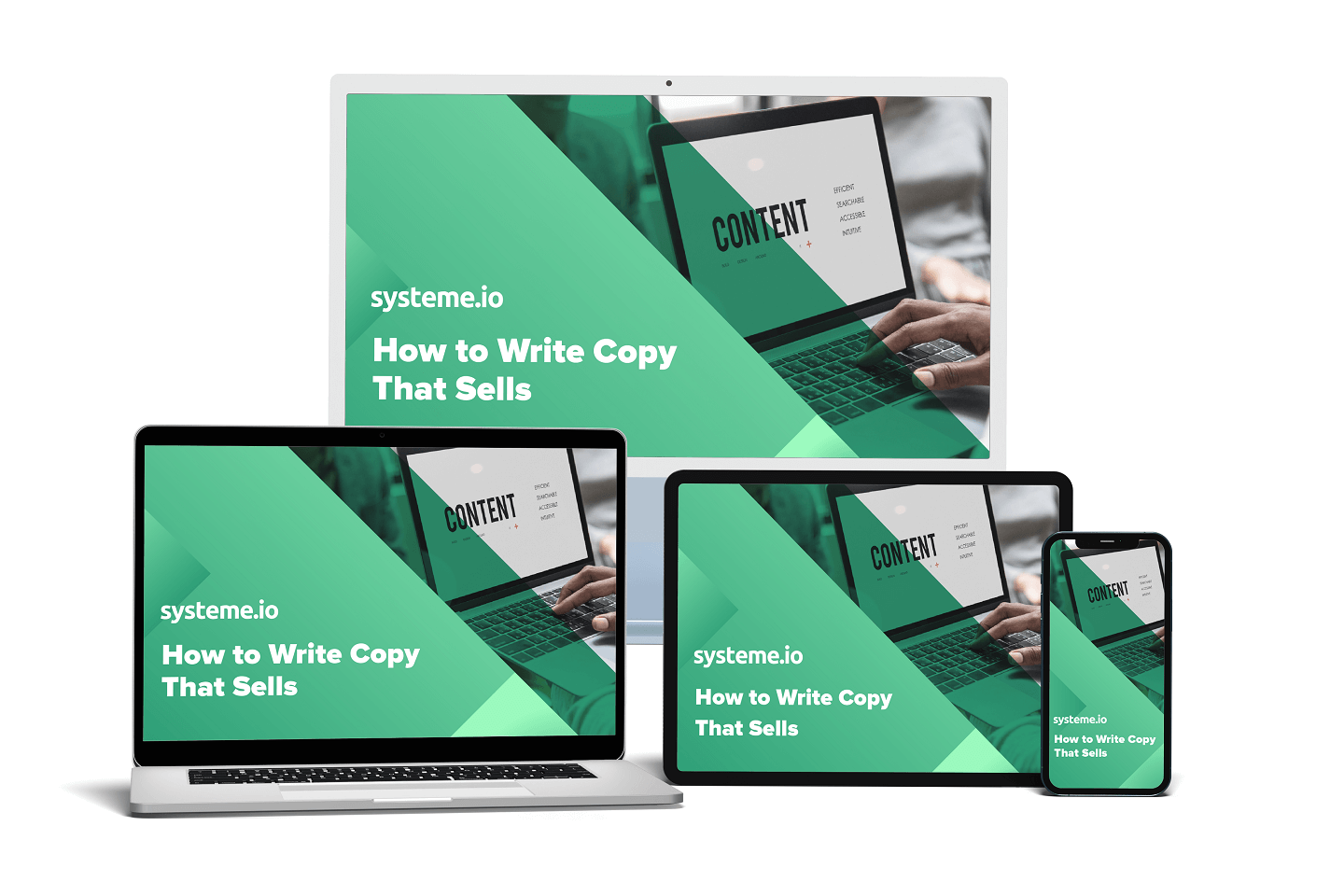
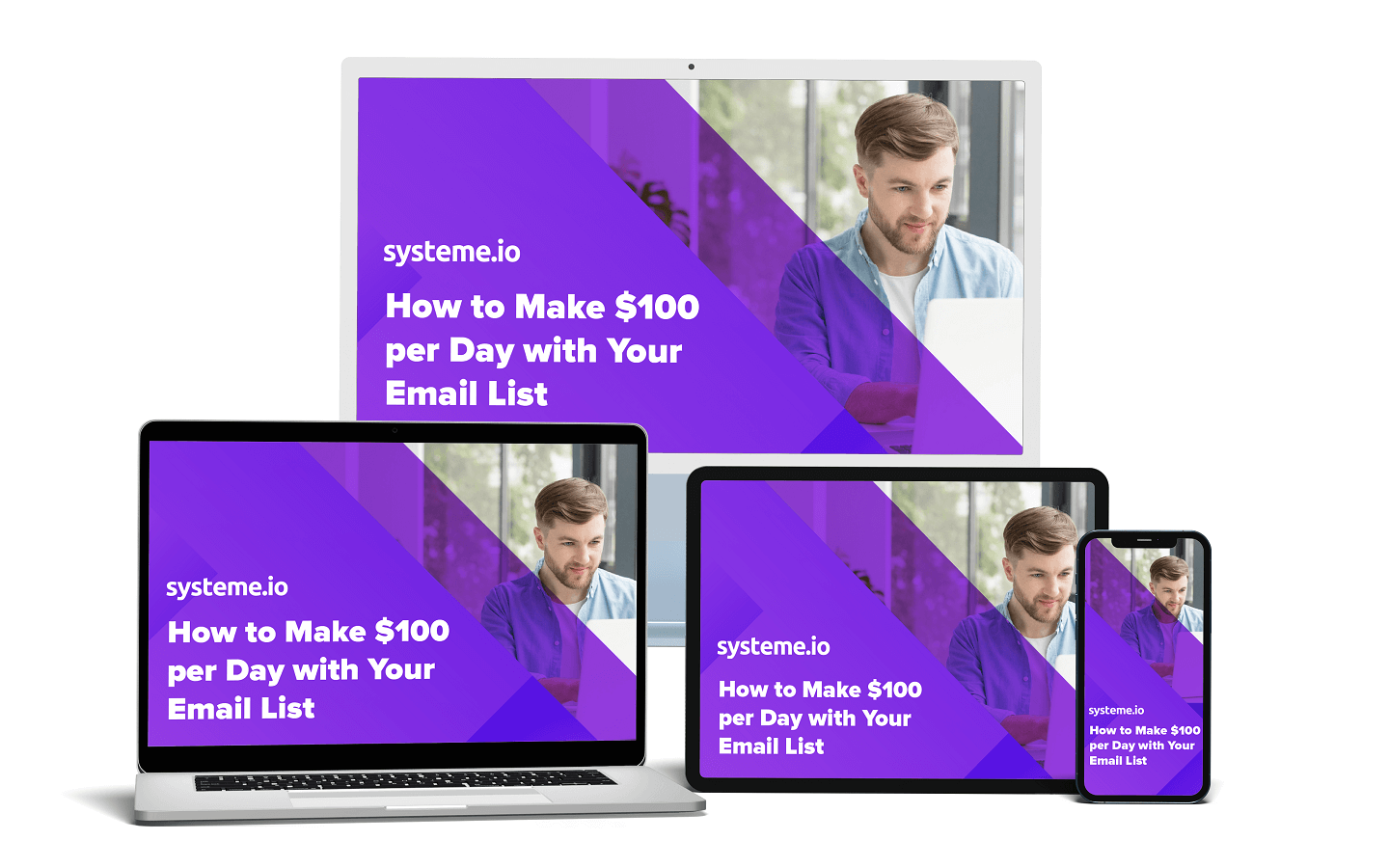








0 Comments